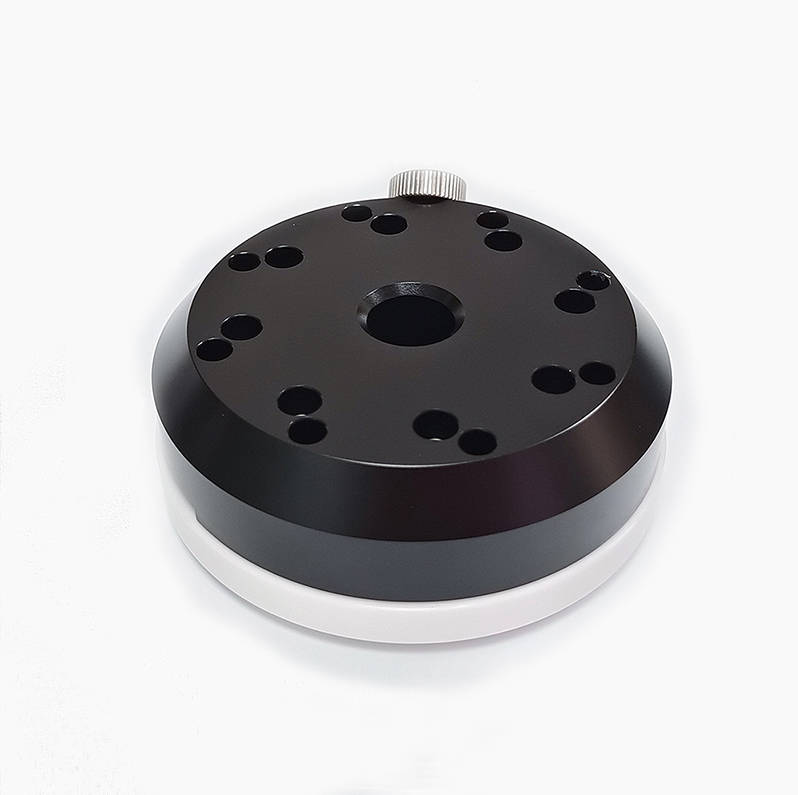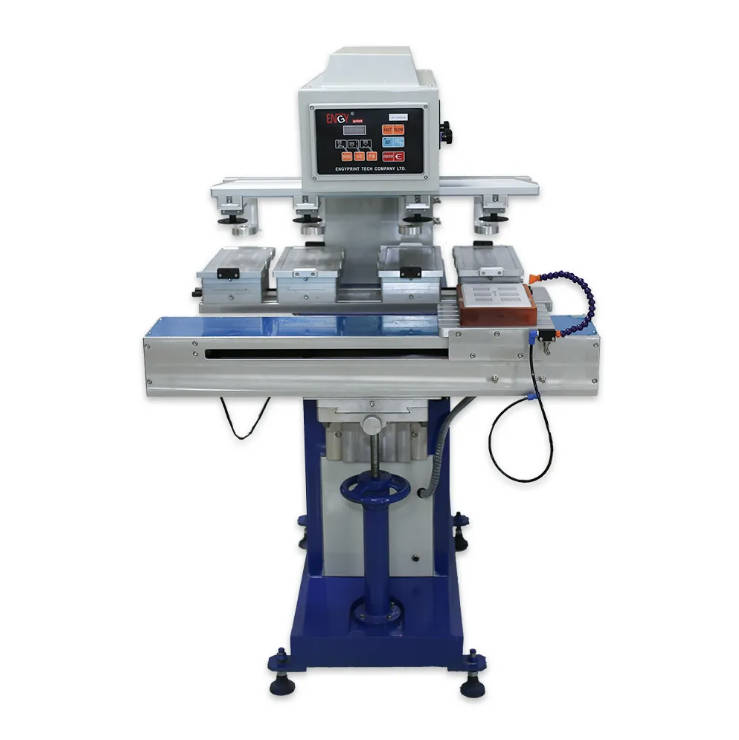Introduction
Pad printing is a versatile process that transfers 2D images onto 3D objects. This technique is widely employed across various industries, including electronics, automotive, medical devices, and promotional products. At the heart of pad printing lies the cliché plate, a crucial component that directly affects the quality and efficiency of the printing process. In this article, we will delve into the concept of etching depth in cliché plates and explore how it influences pad printing.

Understanding Cliché Plates
The Role of Etching Depth in Cliché Plates
Etching depth refers to the engraved areas on the cliché plate. It is a critical factor in pad printing as it determines the amount of ink that can be held and transferred to the pad. Etching depth is usually measured in microns (µm), with standard depths varying depending on the application and desired print quality. Standard etching depths range from 25 µm to 40 µm, with deeper etchings used for more ink-intensive applications.
Impact of Etching Depth on Pad Printing Quality
Ink Transfer Efficiency
One of the primary ways etching depth affects pad printing is through ink transfer efficiency. Deeper etching allows the plate to hold more ink, which can benefit applications requiring bold, opaque prints. However, if the etching is too deep, it may lead to excessive ink pickup, causing smudging and loss of detail. Conversely, shallow etching results in less ink being held, which might suit fine details but can lead to solid and consistent prints if adequately managed.
Print Detail and Resolution
The relationship between etching depth and print detail is crucial. Shallow etching typically produces higher resolution and finer details, as the minimal ink spread maintains sharp edges. This makes shallow etching ideal for intricate designs, small text, and detailed graphics. While beneficial for solid color areas, deeper etching might cause a loss of detail in delicate designs due to the larger ink volume.
Print Durability and Consistency
Etching depth also impacts print durability and consistency. Deeper etching can enhance print durability by ensuring a thicker ink layer, which is less prone to wear over time. However, maintaining consistency with deeper etching requires precise control during the printing process. On the other hand, shallow etching might need more frequent plate changes to maintain consistent print quality, especially in high-volume production environments.
Factors Influencing Optimal Etching Depth
Type of Ink Used
The type of ink used in pad printing significantly influences the choice of etching depth. Solvent-based inks, known for their quick drying times and strong adhesion, may require different etching depths than water-based inks, often used for their environmental benefits and ease of cleaning.
Print Design and Complexity
The complexity of the print design also plays a role in determining the optimal etching depth. Detailed designs with fine lines and intricate patterns require shallower etching to maintain clarity and precision. In contrast, simple logos or solid color areas may benefit from deeper etching to achieve bold and opaque prints.
Choosing the Right Cliché Plate for Your Needs
When selecting cliché plates, assessing your specific printing requirements is essential to ensure you choose the proper etching depth. Here are some key considerations:
Assessing Your Specific Printing Requirements
- Volume of Production:
- High-volume production: For large-scale manufacturing, durability is crucial. Steel cliché plates with deeper etching can withstand the rigors of continuous use, ensuring consistent print quality over time.
- Low- to medium-volume production: For smaller runs, polymer or aluminum cliché plates with shallower etching might be more cost-effective and sufficient to maintain print quality.
- Quality Standards:
- If your product demands high precision and fine detail, opting for cliché plates with shallow etching will help achieve the necessary print resolution. High-detail printing is often essential in industries like electronics and medical devices.
Balancing Cost and Performance
Selecting the right cliché plate involves balancing the cost with the performance benefits. Here’s how different etching depths can affect this balance:
- Cost Implications of Different Etching Depths:
- Deeper etching generally involves more intensive manufacturing processes, potentially increasing the cost. However, the increased durability and ink capacity can justify this expense for high-demand applications.
- Shallow etching is typically less costly but may require more frequent plate replacement and maintenance, impacting long-term costs.
- Cost-Benefit Analysis:
- High-quality cliché plates: Investing in higher-quality, deeply etched steel plates might have a higher upfront cost, but their durability and lower maintenance needs can lead to savings in the long run.
- Budget-friendly options: For less demanding applications, aluminum plates with shallower etching can offer a more economical solution, balancing initial cost and acceptable performance.
Maintenance and Longevity of Cliché Plates
Proper maintenance is critical to extending the lifespan of your cliché plates and ensuring consistent print quality. Here are some best practices:
Best Practices for Maintaining Cliché Plates
- Cleaning and Handling Tips:
- Clean the plates regularly to prevent ink buildup and ensure clear etching lines. Use appropriate cleaning solutions recommended by the cliché plates supplier.
- Handle plates carefully to avoid scratches or other damage affecting print quality.
Identifying Wear and Tear
Regular inspection of cliché plates can help identify signs of wear and tear. Look for:
- Visible Damage: Scratches, dents, or erosion on the etched areas.
- Print Quality Degradation: Blurring, smudging, or inconsistent prints indicating the need for plate replacement.
Tips for Extending the Lifespan of Cliché Plates
- Proper Storage: Store cliché plates in a clean, dry environment to prevent corrosion and physical damage.
- Routine Maintenance: Follow a regular maintenance schedule to keep plates in optimal condition. Consult with your cliché plate manufacturer for specific maintenance guidelines.
Conclusion
The etching depth of cliché plates plays a pivotal role in pad printing, affecting ink transfer efficiency, print detail, and durability. By understanding how different etching depths influence these factors, you can make informed decisions when purchasing cliché plates.
Assess your specific printing requirements, balance cost and performance, and follow best maintenance practices to ensure you select the proper cliché plates for your needs. Always consult a trusted cliché plate supplier or manufacturer for personalized advice.
By taking these steps, you’ll be well-equipped to achieve high-quality, consistent prints that meet your production standards.





